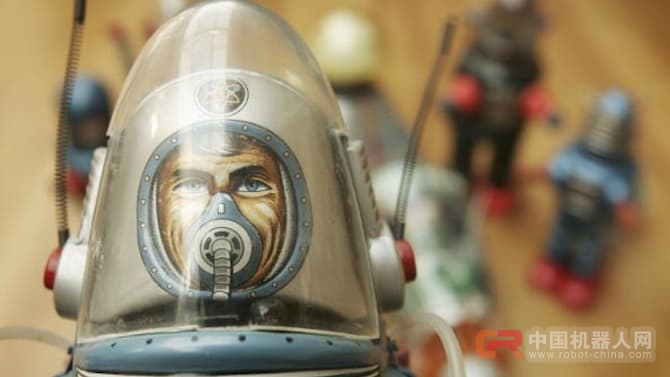
Another anthropologist Siriesh? Shreeharsh Kelkar saw the same situation in the education industry. Until recently, people also believed that the emergence of digital teaching tools will reduce the importance of human teachers. But in the process of actually observing educators, Krka found that human teachers are using these digital tools to increase efficiency. He said that the problem is not that computer automation is causing work to disappear, but that "humans and computers are cooperating." A predictable response is that it is far from clear whether these scandals are typical and people do not know whether these new “cooperations” between humans and machines will create enough jobs to offset the loss of employment caused by automation. In addition, new digital work does not appear to be as attractive as old jobs because they are often set up as "temporary jobs", with freelancers providing services on demand. However, anthropologist discoveries should not be ignored. First, these findings mean that policy makers urgently need more comprehensive information about the actual state of the United States workplace. The scale of anthropological research is small, and the macro-level data are surprisingly weak, partly because the Bureau of Labor Statistics often collects data through traditional channels. "We don't know about the current situation of temporary work," said Mary, an anthropologist at Microsoft. According to Mary Gray, “Technology companies do not track labor conditions better than the Bureau of Labor Statistics.” Second, if someone succeeds in accurately depicting the state of labor, they also need to explain this to Trump. In recent months, the elected U.S. president has repeatedly stated that he decided to leave more manufacturing in the United States, in part because he (wrongly) liked to attribute the loss of manufacturing employment to competition from China or Mexico. But if he succeeds in achieving the "U.S. priority" goal, he will only accelerate the automation trend because companies are eager to reduce costs. This is not necessarily a bad thing, but it shows that Trump’s hope of restoring old-style employment in the United States is wrong. Next is the third point: There is an urgent need for greater policy debate on how to adapt workers to the new world. Labor training needs to be reformed to allow workers to acquire more digital skills. The new social security, health and pension system is a necessary measure to accommodate temporary workers. Some policy makers understand this. For example, Democrat Mark? Senators such as Mark Warner are pushing for the creation of new security networks for temporary workers. However, if the debate is to gain huge support, the technology industry itself must intervene. So far, Silicon Valley has not been particularly active on these issues, but Trump seems determined to push them into the spotlight: Recently, he called the leaders of science and technology to the Trump Tower and asked them to plan on him. "rest assured". Therefore, Silicon Valley should seize this opportunity to start dialogue on how to help humanity cope with all those robots in the workforce. Otherwise, Silicon Valley will one day find that he will be blamed for the loss of employment in the United States.
Personal Care,High Quality Personal Care,Personal Care Details, CN
Electric Motor,Cross Flow Fan Electric Motor,Cross Flow Fan , http://www.utmotors.com
没有评论:
发表评论